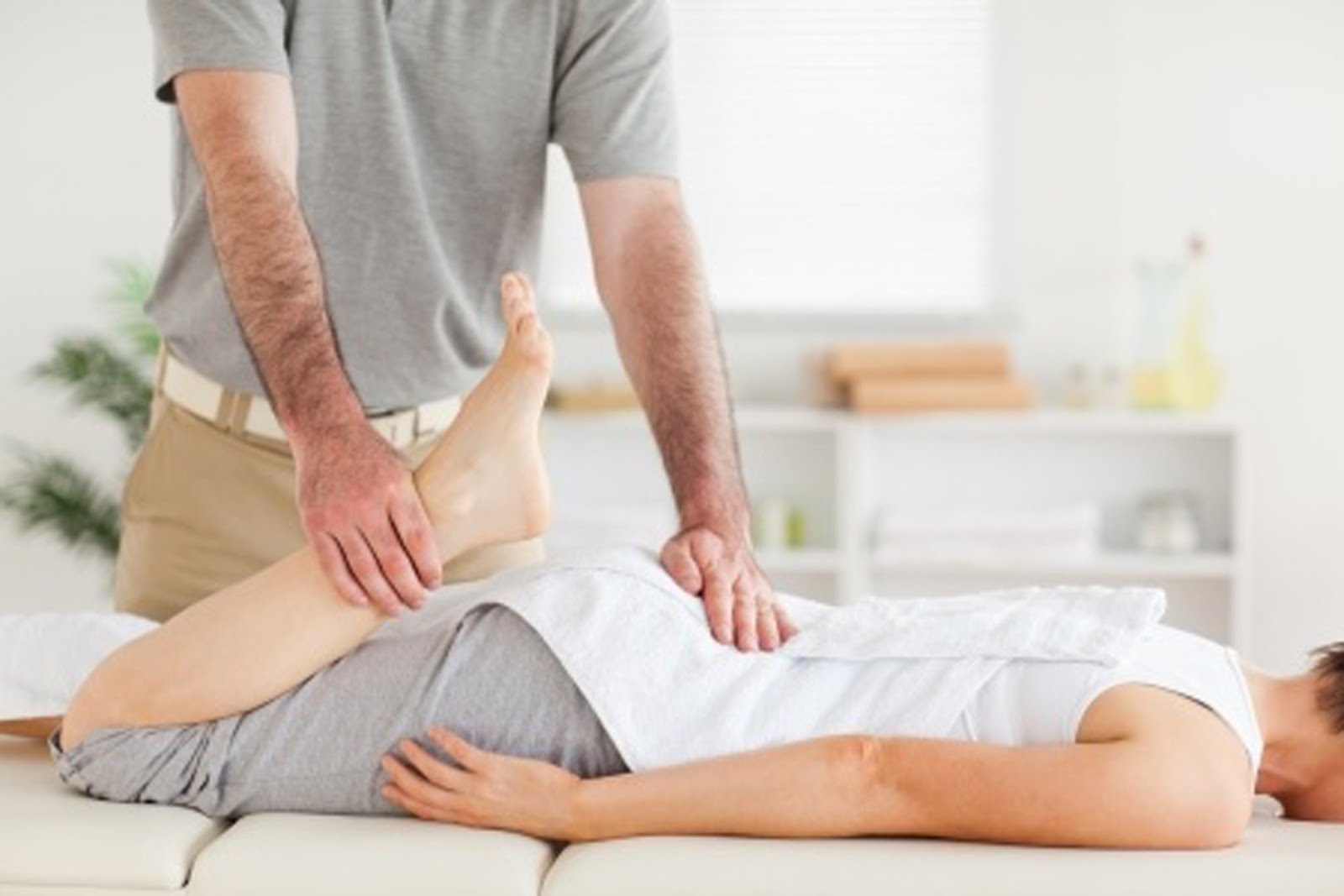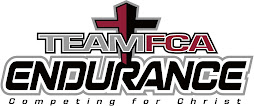Keys to recovery = emend + saucony AMP PROs + rest!
New Recovery Products.
After a 40 km run (including a few mile-hill repeats at the end) in crazy winds and rain, I immediately put on the new Saucony AMP PRO2 tights and drank some of the new Chocolate Emend. No better time to try them out than after my highest mileage week of 111 km.
Saucony

Check out what
Textile Insight has to say about the AMP PRO2 tights...
Saucony’s major apparel story for Fall 2010 centers around the launch of a high-end compression line called Saucony AMP PRO2. Saucony will feature the polyester fiber Celliant in the collection. Celliant is infused with natural minerals, and has been proven to help relax tissues in the body and aid oxygenated blood flow. A crucial story in compression apparel revolves around compression’s ability to increase oxygenated blood flow, which enhances both performance and muscle recovery for athletes. Saucony believes its use of Celliant in the garments will bring an added edge to those benefits. “We believe we have a new point of entry into compression that is completely revolutionary and different from how every other brand in the marketplace has approached compression,” says Todd Dalhausser, GM Saucony Apparel. “It all relates back to oxygen, and what we are claiming, through test results that we have done with competitors product, is that by wearing our AMP PRO2 product, oxygen levels in the body will increase between 15 and 30 percent faster than by using any other compression product.”
Emend
(Toss some Emend, a banana, chocolate milk, yogurt, peanut butter, and an ice cube together into the blender for a super recovery smoothie)

And here's a full description about
Emend (by Eload)...
Our body is an amazingly complex machine. All of its various cells and tissues communicate with each other, and their activities are precisely coordinated. Even as you sit reading this, your heart pumps blood throughout your body, your intestines digest and absorb nutrients, your kidneys clear waste products and your lungs bring in oxygen. Although you may feel at rest, your body is physiologically quite active. Imagine, then, how much more active all of your body systems become when you engage in active movement. As your physical activity increases, so does your muscle's physiological activity. Active muscles require more nutrients to serve the wide variety of metabolic functions and events. It is a common misconception that physical activity is an "anabolic event", during which our body builds tissues, when it is, in fact, a "catabolic event", during which tissues and fuel sources are being broken down. It is the post-exercise recovery that is responsible for the rebuilding process. And as in any construction site, the right building blocks are required to rebuild that which has broken down and become depleted.
The six important recovery 'building blocks' are:
1. Carbohydrates / Glycogen:
Glycogen is the storage form of carbohydrate in the body.
We have a limited capacity to store it.
It is the limiting fuel for endurance exercise.
It is needed to burn fat.
It is replenished by consuming carbohydrates.
It recovers slowly, therefore using the "window of opportunity" is essential.
Its most potent "window of opportunity" is up to 30 min. after exercise, with the following 24 hours also being very important.
Optimum recovery needs about 50 to 100 g carbohydrates by the first 30 minutes, though practically speaking, this may be difficult depending on the condition of your gastrointestinal tract, especially after exercise in the heat. EMENDTM supplies 60 g of carbohydrate per litre, an optimal starting point.
The best carbohydrates for quick recovery are high glycemic index carbohydrates.
EMENDTM uses Dextrose as its' principle carbohydrate, and sucrose as its' secondary carbohydrate, totaling 60 grams of carbohydrate per litre of fluid, for rapid glycogen repletion.
2. Protein:
It is an essential building block in the body, from muscles to the immune system.
It is comprised of essential and non-essential amino acids.
It is vital to consume complete proteins.
When used as fuel, its' anabolic capacity is wasted, therefore a "protein sparing" diet is highly recommended.
Protein induced muscle recovery is at its peak during the "window of opportunity".
Its most potent "window of opportunity" is up to 30 min. after exercise.
It is best absorbed in combination with carbohydrates.
Optimum recovery needs at least 5-9 grams of protein by the first 30 minutes.
EMENDTM supplies 15 grams of ultrafiltered whey protein isolate per litre.
3. Water:
It is our most important nutrient.
Dehydration during prolonged exercise, and chronically, is detrimental to performance.
During recovery, replace fluids at the rate of 1½ x the deficit.
Prevent or reduce dehydration during exercise - using e load™ is a great way to achieve this.
See our Post Exercise Fluid Calculator to determine the best way to recover your fluid losses.
Replace fluids as soon as possible to prevent chronic dehydration.
EMENDTM contains an optimal sodium concentration to facilitate rehydration.
EMENDTM tastes great with natural orange flavor, encouraging you to drink.
4. Electrolytes:
Electrolytes are imperative to preserving water balance and the function of the nervous and the muscular systems.
Electrolytes are lost in sweat and urine both during and after exercise.
Your recovery drink should include the appropriate amounts of sodium, potassium, chloride, calcium, magnesium and zinc.
Sodium should be in the range of 900-1000mg/litre for optimal rehydration.
EMENDTM supplies 940 mg/litre of sodium, which is a practical upper limit of sodium due to impaired taste with higher concentrations. All other electrolytes are present in physiological ranges.
5. Antioxidants:
Antioxidants are important in the recovery period as they neutralize free radicals generated by aerobic exercise.
They can help reduce protein oxidation by free radicals and prevent secondary muscle fatigue.
Water soluble antioxidants are safest as surpluses can be urinated out of the body.
Vitamin C is a safe, effective, water soluble antioxidant.
EMENDTM uses Calcium Ester C, a buffered (low acid) form of Vitamin C that is very stomach friendly. You can actually see the Calcium Ester C because it's a different colour than the rest of the EMENDTM powder.
6. pH:
pH is a measure of acidity.
Prolonged exercise, especially in the heat, is especially stressful, and as such will increase the amount of acid in your stomach (stress increases stomach acid, as many of you with stomach ulcers will know). This can lead to stomach pain/cramps. Therefore, you want to minimize the amount of acid in your drink. A pH of 7.0 is neutral, like water; a pH above 7.0 is basic, and a pH below 7.0 is acidic. Since protein is basic (the opposite of acidic), drinks that contain a relatively high amount of this compound are more likely to have a higher pH, often above 7.0. These very high protein drinks are more difficult to digest, especially after intense exercise in the heat. Drinks with a pH below 7.0 are likely to have a more stomach friendly amount of protein, and the closer to 7.0 their pH, the more stomach friendly the drink. EMENDTM has a pH of almost 5.0. This is the closest to 7.0 of any recovery drink with a pH less than 7.0, indicating a level of protein and overall acidity that is stomach friendly.
Two days later and I am feeling great, strong, and recovered. Thanks, Emend and AMP PRO2!
 Today was a great day to race. I did the 30 km in 1:53:10, which placed me 3rd woman overall. I am really thrilled with how I did. I felt strong and steady. A special thanks to Dale for the hill encouragement! Here's an email I sent to coach Nicole Stevenson about the race.
Today was a great day to race. I did the 30 km in 1:53:10, which placed me 3rd woman overall. I am really thrilled with how I did. I felt strong and steady. A special thanks to Dale for the hill encouragement! Here's an email I sent to coach Nicole Stevenson about the race.



















.gif)


 2nd Woman.
2nd Woman.